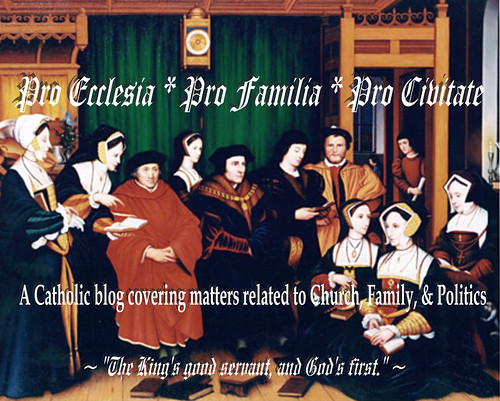Las Posadas (16-24 December)

From the Medieval Saints Yahoo Group:
Las Posadas, (Spanish for "the inns")
A Mexican Advent Novena of nine nights, culminating in the Misa de Gallo (Mass of the Cock, or "pre-dawn Mass" on Christmas Eve
The first Christmas celebration in Mexico took place in 1538 when missionaries brought Roman Catholicism to the new continent. Instituted 1587, when Fray Diego Soria, prior of the convent of San Agustin Acolman, petitioned the pope for permission to celebrate Christmas Masses outdoors because the church could not handle the large numbers of people in attendance. The Rooster, in medieval symbology, stood for the Church and it's announcement of Christ's birth.
Commemorated: December 16-24, Christmas Eve (Midnight Mass)
Themes & Motives: Forgiveness and Thanksgiving
"Feliz Navidad"
http://www.californiamall.com/holidaytraditions/traditions-mexico.htm
"Las Posadas," the remarkable buildup to Christmas Eve, is perhaps the most delightful and unique Mexican tradition. Beginning December 16th, it commemorates the events in the journey of Mary and Joseph from Nazareth to Bethlehem.
After dark, each night of the "Posada," a procession begins led by two children. The children carry a small pine-decorated platform bearing replicas of Joseph and Mary riding a burro. Other members of the company, all with lighted long slender candles, sing the "Litany of the Virgin" as they approach the door of the house assigned to the first "Posada." Together they chant an old traditional song and awaken the master of the house to ask lodging for Mary. Those within the house threaten the company with beatings unless they move on. Again, the company pleads for admittance. When the owner of the house finally learns who his guests are, he jubilantly throws open the doors and bids them welcome. All kneel around the manger scene or "Nacimiento" and offer songs of welcome, Ave Marias and a prayer.
Now it's time of the "Pinata," refreshments and dancing. The "Pinata" is a pottery (or paper) container, brightly decorated and filled with candy and toys. It is hung from he ceiling or a tree. One by one, the children are blindfolded, turned around and instructed to strike the Pinata with a stick. Usually several attempts are made before the container is broken. Of course, when that happens, there is an explosion of goodies and a scattering of children.
On Christmas Eve another verse is added to the Ave Marias, telling the Virgin Mary that the desired night has come. Small children dressed as shepherds stand on either side of the nativity scene while members of the company kneel and sing a litany, after which the Christ Child is lulled to sleep with the cradle song, "El Rorro" (Babe in Arms).
At midnight the birth of Christ is announced with fireworks, ringing bells and blowing whistles. Devout worshipers surge into churches to attend the famous "Misa de Gallo" or "Mass of the Rooster." Following Mass, families return home for a tremendous dinner of traditional Mexican foods. The dishes vary with the different regions. However, somewhat common are the "tamales," rice, rellenos, "atole" (a sweet traditional drink) and "menudo," which is said to be more sobering than strong coffee.



1 Comments:
This tradition is very beautiful as it brings together communities and reminds one of the importance of charity.
The movie "Nativity" attempted to dramatize this episode.
Post a Comment
<< Home